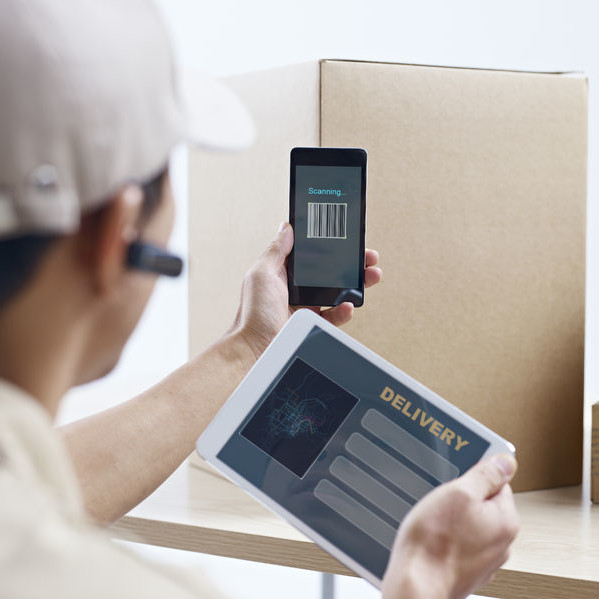
Traceability
What is Traceability?
Traceability is the ability to track a product or ingredient from its source to its final destination. In the food industry, an ingredient or other product is traceable when it can be followed from its source through its production, processing, distribution, and sale. Traceability is the backbone of any food recall program.
Strong traceability systems and programs help food processors meet regulatory requirements, improve customer service, and restore their reputation after a recall.2
Regulation
Two major regulations impact food traceability: the Public Health Security and Bioterrorism Preparedness and Response Act (also known as The Bioterrorism Act of 2002), and the Food Safety Modernization Act of 2011 (FSMA).
Under the Bioterrorism Act of 2002, domestic and foreign facilities that process food for human or animal consumption in the United States must register with the FDA.[3]The act requires that the FDA receive advance notice of each shipment of food into the United States. Food processors also must create and maintain the records deemed necessary by the FDA to determine where the food previously came from, and who received it.[4]
Under FSMA, FDA can now order a mandatory recall.[5] The agency also will be conducting more audits of food processing facilities.[6] Section 204 of FSMA addresses food traceability, tracking, and record-keeping. The act calls for recommendations for improved food traceability, pilot programs for certain “high-risk” foods, analyses of how track-and-trace systems affect food trade, and changes to FDA infrastructure and reporting systems so that they can include traceability.[7]
Application
There are several things to keep in mind when implementing this program.[1]
- Determine how to identify materials and products:
- Physically labeling materials and products
- Recording systems identifying the allocation of materials to production areas
- Computerized barcoding systems
- Traceability must be agreed on between the company and customers
- The system used must be able to link all raw material lot codes through to finished product codes
- The traceability program must be able to cover all important aspects:
- All declared food ingredients
- Primary packaging, which comes in direct contact with food
- Other relevant packaging materials, such as printed outer packaging
- Processing aids, even if they are not required to be declared as an ingredient (e.g., sodium alginate used to clarify beer)
References
- “6 Things Your Certification Auditor Needs to Hear You Say.” Food First, AIB International. 16 Sep. 2015. http://www.aibonline.org/Food-First-Blog/foodfirst/2015/9/16/kamulx9wl7528tpeuwcwb0xeqmpz1u?rq=traceability.
- Fisher, William. “The Importance of Food Traceability.” Food Safety Magazine, 17 Mar. 2015. https://www.foodsafetymagazine.com/enewsletter/the-importance-of-food-traceability/.
- “Compliance Policy Guide – Registration of Food Facilities Under the Public Health Security and Bioterrorism Preparedness and Response Act of 2002.” Guidance & Regulation, U.S. Food and Drug Administration. 27 Dec. 2017. https://www.fda.gov/Food/GuidanceRegulation/GuidanceDocumentsRegulatoryInformation/FoodDefense/ucm121288.htm
- “The Bioterrorism Act of 2002.” Washington State Department of Agriculture, 14 May 2012. https://agr.wa.gov/foodsecurity/thebioterrorismact.aspx.
- “Supply Chain Traceability Technology Necessary for FSMA Compliance.” WiSys, 20 Feb. 2017. http://www.wisys.com/2017/02/supply-chain-traceability-technology-necessary-fsma-compliance/.
- Anderson, Jordan. “Businesses Adjusting to First Full Year of FSMA Compliance.” FoodQualityNews.com, 23 May 2017. https://www.foodqualitynews.com/Article/2017/05/24/2017-Trends-FSMA-Enhanced-Traceability.
- “Traceability and FSMA.” Produce Marketing Association, May 2015. https://www.pma.com/content/articles/2014/05/traceability-and-fsma
[/fusion_text][fusion_text] [/fusion_text][/fusion_builder_column][/fusion_builder_row][/fusion_builder_container]

